Japanese asset price bubble
description: economic bubble in Japan from 1986 to 1991 in which real estate and stock market prices were greatly inflated, collapsing in early 1992
20 results
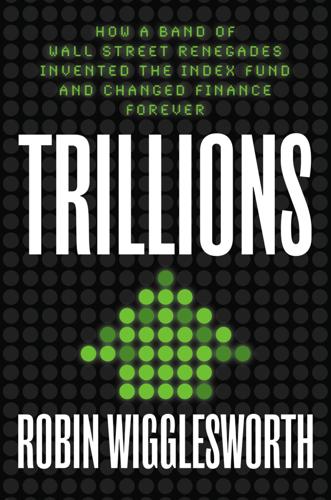
Trillions: How a Band of Wall Street Renegades Invented the Index Fund and Changed Finance Forever
by
Robin Wigglesworth
Published 11 Oct 2021
Camp, 75 Investment Company Act of 1940, 177 Investment Company Institute (ICI), 240, 296 Investor’s Business Daily, 137 iShares, 199–202, 239–40, 248, 257 BlackRock acquisition of BGI, 204–5, 215–16, 223, 224–25, 231, 232, 234 CVC ownership, 204–5, 223, 224, 225 iShares Russell 2000 ETF, 200 Ivest Fund, 94–102, 105 Jahnke, William, 184, 185, 194 Janus Henderson, 234 Japanese asset price bubble, 190 Japan’s Government Pension Investment Fund, 292 Jefferson, Thomas, 133 Jegadeesh, Narasimhan, 154 Jensen, Michael, 33–34, 70, 71 JOHNNIAC, 43 Johnson, Edward “Ned,” 114 Journal of Finance, 41, 45, 159 Journal of Financial Economics, 151 Journal of Portfolio Management, 106 JPMorgan, 214, 240, 295 JPMorgan EMBI, 17, 259 Kapito, Robert, xiii at BlackRock BGI acquisition, 203–5, 226–29, 232, 233 founding, 209–12 at First Boston, 207 Kashoggi, Adnan, 161 Keim, Donald, 290 Kendall, Maurice, 36 Kenyon College, 265 Kepler, Johannes, 9 Ketchum, Marshall, 39–40, 50 Ketwich, Abraham von, 300 Keynes, John Maynard, 88 Keystone Investment Management, 53, 66 Kidder Peabody, 220–21 Klotz, Larry, xii, 143 at DFA, 143–44, 145, 147–48, 150 departure, 156–59 Komansky, David, 214 Koopmans, Tjalling, 28 Korean War, 42–43 Kramer, Howard, 177 Kranefuss, Lee, xiii, 198–202 Kroner, Ken, 192, 193, 194, 226, 229, 230–31 LeBaron, Dean, x–xi, 53, 65–68 background of, 65–66 at Batterymarch, 66–68, 78–80, 81, 110 Bogle and Wellington, 102 Lehman Brothers, 203–4 Leland, Hayne, 178 Lerner, Abba, 28 Leuthold Group, 82 “leverage,” 74, 152–53, 247 Levy-Yayati, Eduardo, 261 Lewis, Michael, 163 LGBT rights, 238 Lintner, John, 45 Lipper, Michael, 114 Lippman, Bob, 113 “load,” 36, 92, 115–17 Loeb, Thomas, 77–78n, 81, 83, 184, 194 Long Bets, 9–10, 15 Loomis, Carol, 10, 15 LOR (Leland O’Brien Rubinstein Inc.), 178, 189, 195 Lorie, James “Jim,” x, 37, 70 background of, 31–32 at Chicago, 31–33, 35–36 CRSP data, 31–33, 35–36, 49, 51, 52–53, 58, 277 “Loser’s Game, The” (Ellis), 35, 109, 186, 276 lottery tickets, 154–55 Luskin, Donald, 189–90, 194, 196–97 McCrae, John, 134–35 McFarland, Duncan, 127 Mack, John, 216–17 MacKinnon, Ian, 118n McMaster University, 154 McNabb, Bill, 240–41, 289 McQuown, John “Mac,” x, 53, 55–62, 276 background of, 59–61 at DFA, 145, 146–47 idea for, 143–44 on “Great Man” theory, 57–58 at Smith Barney, 53, 55, 58 at Wells Fargo, 53, 57–59, 61–62, 69–72, 73–74, 110, 141 departure, 81–82, 184 McQuown, Judith, 58, 61 Malkiel, Burton, xi, 163 Amex and ETFs, 168, 172 at Princeton, 53–54, 114–15 A Random Walk Down Wall Street, 54, 115 at Vanguard, 114–15, 127, 168 Bogle-Brennan schism, 131–32, 133 management expenses and fees, 5, 8, 10, 16–17, 26, 80, 84, 194–95 Mandelbrot, Benoit, 48, 49 market indexes.
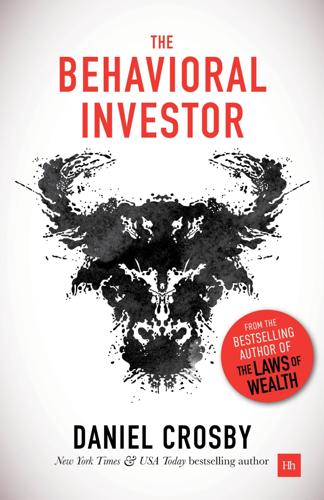
The Behavioral Investor
by
Daniel Crosby
Published 15 Feb 2018
List of some notable manias, panics and crashes Tulip mania (Netherlands) – 1637 South Sea Bubble (UK) – 1720 Bengal Bubble (UK) – 1769 Credit Crisis of 1772 (UK) Financial Crisis of 1791 (US) Panic of 1796–7 (US) Panic of 1819 (US) Panic of 1825 (UK) Panic of 1837 (US) Panic of 1847 (UK) Panic of 1857 (US) Panic of 1866 (UK) Black Friday (US) – 1869 Paris Bourse crash of 1882 (France) “Encilhamento” (Brazil) – 1890 Panic of 1893 (US) Panic of 1896 (US) Panic of 1901 (US) Panic of 1907 (US) Great Depression (US) – 1929 Recession of 1937–8 (US) Brazilian Market Crash of 1971 British Market Crash of 1973–4 Souk Al-Manakh Crash (Kuwait) – 1982 Black Monday (US) – 1987 Rio de Janeiro Stock Exchange Crash – 1989 Japanese Asset Price Bubble – 1991 Black Wednesday (UK) – 1992 Asian Financial Crisis – 1997 Russian Financial Crisis – 1998 dot.com Bubble (US) – 2000 Chinese Stock Bubble – 2007 Great Recession of 2007–9 (US) European Sovereign Debt Crisis (2010) Flash Crash of 2010 (US) Notes 114 L.

Manias, Panics and Crashes: A History of Financial Crises, Sixth Edition
by
Kindleberger, Charles P.
and
Robert Z., Aliber
Published 9 Aug 2011
Moreover when the rate of growth of indebtedness slows, the currencies depreciate, and often very sharply. When real estate prices decline the borrowers are the first group to incur losses; after they default, the losses cascade to the lenders. The implosion of the real estate and stock bubbles in Japan led to the massive failure of banks and a prolonged period of below-trend growth. The implosion of the asset price bubble in Thailand in mid-1997 triggered declines in currency values and asset prices throughout the region; recessions followed. However, there were no significant failures of US financial firms when the US stock prices declined by 40 percent between 2001 and 2003, and the ensuing recession was brief and shallow.
…
Obviously the first wave – which involved the rapid growth in bank loans to governments and government-owned firms in Mexico and ten other developing countries – was sui generis. Was there a connection between the implosion of this wave and the credit bubble that was centered on Japan in the last half of the 1980s? Similarly was there a connection between the implosion of the asset prices in Tokyo at the beginning of the 1990s and the third wave of bubbles, which involved Thailand and its neighbors in Southeast Asia in the mid-1990s as well as Mexico, Russia, Brazil, and Argentina? Was there a link between the Asian Financial Crisis that began in mid-1997 and the bubble in US stocks in the late 1990s?
…
Finally, was the wave of bubbles in real estate in the United States, Britain, Ireland, Spain, and Iceland between 2002 and 2007 – and in the debt of the governments of Greece and Portugal and Spain in 2008 and 2009 – related to these earlier events? Asset price bubbles in major industrial countries are infrequent; the previous US stock price bubble had been in the late 1920s. Japan had never previously had an asset price bubble and neither had the other Asian countries. A bubble in three, four or more countries at the same time is extraordinary and suggests a common cause – a Minsky-type displacement or shock, and probably an external one because so many countries were similarly impacted at the same time.

Post Wall: Rebuilding the World After 1989
by
Kristina Spohr
Published 23 Sep 2019
Furthermore, the image of the ‘new’ Japan as an economic superpower proved to be a chimera. The country’s prodigious economic growth was never translated into substantive political and military power. In fact, Premier Miyazawa readily let Washington take ‘the leadership role in the post-Cold War world’.[93] And in 1992, the Japanese asset price bubble burst, leading to long-term stagnation. Japan’s economic strength had rested on a policy of aggressive export promotion and a determinedly protectionist economy. The country was unwilling to open up and this was symptomatic of its inability to exercise broader influence in international affairs.[94] Nor did Japan build effective bridges, politically as much as economically, with any of its meaningful neighbours: South Korea, Russia and China.

The Price of Time: The Real Story of Interest
by
Edward Chancellor
Published 15 Aug 2022
Private non-financial borrowing grew at close to 14 per cent by the end of the decade, while loans to the property sector were rising by 20 per cent annually. 6. In May 1989, the official discount rate was raised from 2.5 per cent to 3.25 per cent. The official announcement for all the rate increases in 1989 and 1990 declared that the Bank of Japan was taking preventive measures against inflation. See Kunio Okina et al., ‘The Asset Price Bubble and Monetary Policy: Japan’s Experience in the Late 1980s and the Lessons’, Monetary and Economic Studies, February 2001. 7. Edward Chancellor, Devil Take the Hindmost: A History of Financial Speculation (New York, 1999), pp. 317–18. 8. Yamaguchi, ‘Asset Prices and Monetary Policy’. 9.
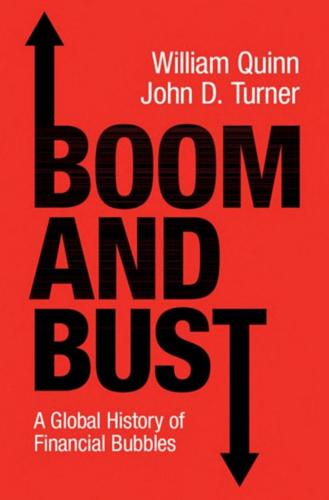
Boom and Bust: A Global History of Financial Bubbles
by
William Quinn
and
John D. Turner
Published 5 Aug 2020
Hebner and Hiraki, ‘Japanese initial public offerings’; Jenkinson, ‘Initial public offerings’, 439; Takagi, ‘The Japanese equity market’, 552; Warrington College of Business IPO Data, ‘Japan, 1980–2018’. 28. Federal Reserve Economic Data, ‘Discount rate for Japan’. 29. Dehesh and Pugh, ‘The internationalization’, 158; Mitsui Fudosan, ‘New home sales’; Oizumi, ‘Property finance’, 210. 30. See, for example, Cargill, ‘What caused Japan’s banking crisis?’, 46–7; Okina, Shirakawa and Shiratsuka, ‘The asset price bubble’; Wood, The Bubble Economy, p. 12. 31. Frankel and Morgan, ‘Deregulation and competition’, 582; Takagi, ‘The Japanese equity market’, 549, 559. 32. Laurence, Money Rules, p. 150; Reading, Japan: The Coming Collapse, p. 177. 33. Takagi, ‘Japanese equity market’, 550–1, 553; Tesar and Werner, ‘Home bias’, 481. 34.
…
A History of Prices and of the State of the Circulation from 1793 to 1837, London: Longman, Orme, Brown, Green and Longmans, 1838. Tooze, A. Crashed: How a Decade of Financial Crises Changed the World, London: Allen Lane, 2018. 279 BIBLIOGRAPHY Totman, C. A History of Japan, 2nd edition, Oxford: Blackwell, 2005. Trichet, J.-C. ‘Asset price bubbles and monetary policy’, Speech delivered at the Mas lecture, Singapore, June 8, 2005. Tsuru, S. Japan’s Capitalism, Cambridge University Press, 1993. Tuck, H. The Railway Shareholder’s Manual; Or Practical Guide to All the Railways in the World, 7th edition, London: Effingham Wilson, 1846.
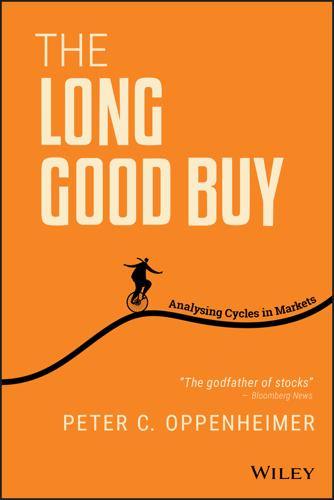
The Long Good Buy: Analysing Cycles in Markets
by
Peter Oppenheimer
Published 3 May 2020
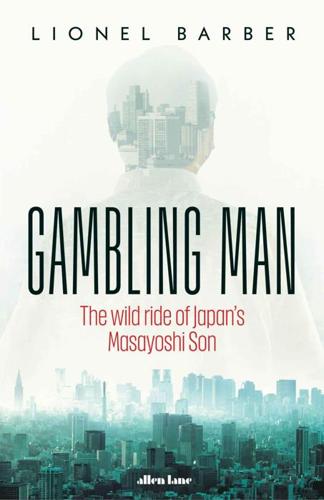
Gambling Man
by
Lionel Barber
Published 3 Oct 2024
Professor Dan Okimoto, the world-renowned Japan expert at Stanford University, labels the Plaza Accord ‘the single most devastating sanction against Japan’.24 In a fateful decision, the government turned to stimulus to keep the economy going. The trouble was there were only a limited number of viable projects on which it could splurge fiscal spending, because infrastructure such as roads and railways was in excellent shape thanks to the post-war construction boom in Japan. Meanwhile monetary stimulus triggered an asset price bubble with property prices spiralling out of control. In the middle of this slow-burning crisis, Masa began plotting how to topple Omori. His chance came when the SoftBank board, prodded by Omori, decided to close the loss-making magazine publishing division. Masa considered magazines to be sacrosanct, declaring: ‘No parent would ever hate his own child.’25 Masa’s next move was to call for a maximum age limit of 40 for all directors of the board.
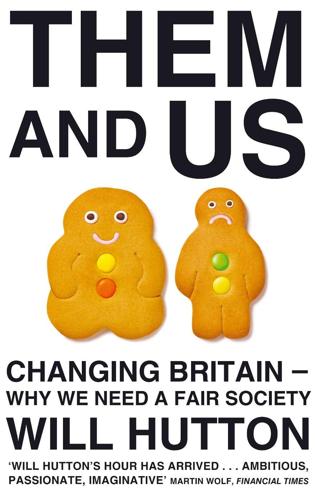
Them And Us: Politics, Greed And Inequality - Why We Need A Fair Society
by
Will Hutton
Published 30 Sep 2010
Equally, he cannot allow China to continue to capture US jobs unfairly, notwithstanding some of the exaggerated claims that are made about this. In the absence of the bargain or any movement from China, he will be forced to act. The United States, after all, has form: it imposed a temporary tariff in 1971 against the Europeans; and it acted unilaterally against Japan in 1986, forcing up the yen and setting in train the asset price bubble that created Japan’s twenty lost years. Obama will defer the decision for as long as he can, but it will take statesmanship on both sides to avoid triggering protection before the next presidential election. China has drawn back from the brink. However, its economy is beset by a weak banking system and enormous pressure to maintain job creation for its rural poor.

Straphanger
by
Taras Grescoe
Published 8 Sep 2011
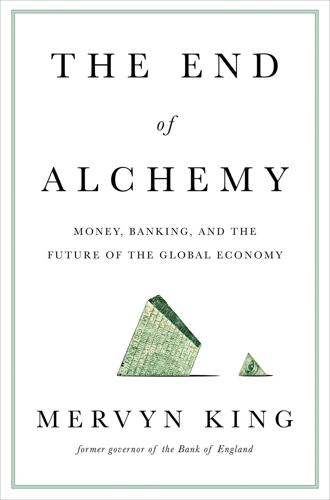
The End of Alchemy: Money, Banking and the Future of the Global Economy
by
Mervyn King
Published 3 Mar 2016
Almost every financial crisis starts with the belief that the provision of more liquidity is the answer, only for time to reveal that beneath the surface are genuine problems of solvency. A reluctance to admit that the issue is solvency rather than liquidity – even if the provision of liquidity is part of a bridge to the right solution – lay at the heart of Japan’s slow response to its problems after the asset price bubble burst in the late 1980s, different countries’ responses to the banking collapse in 2008, and the continuing woes of the euro area. Over the past two decades, successive American administrations dealt with the many financial crises around the world by acting on the assumption that the best way to restore market confidence was to provide liquidity – and lots of it.
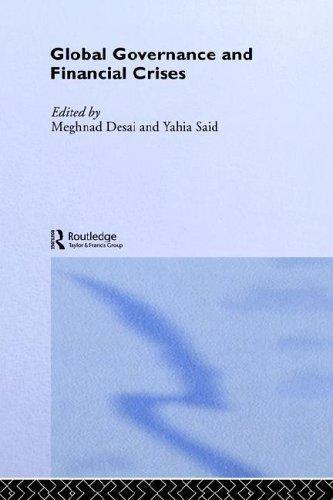
Global Governance and Financial Crises
by
Meghnad Desai
and
Yahia Said
Published 12 Nov 2003
They find confirmation for Kindelberger’s identification of credit expansion as a determining factor behind asset price bubbles. They point out that historically asset price bubbles followed reforms, which led to credit expansion such as financial liberalisation, fiscal expansion and relaxation of reserve requirements. They cite Japan in the 1980s as an example of this phenomenon. The mechanism through which financial deregulation feeds into asset price bubbles according to Alan and Gale is by exacerbating the agency problem. Speculative investors with improved access to credit shift the risk to financial intermediaries. This encourages them to bid prices even higher. Uncertainty over monetary policy further exacerbates this dynamic.
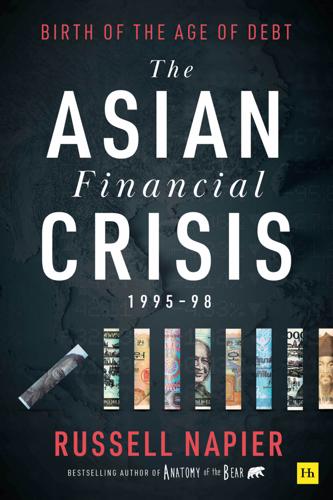
The Asian Financial Crisis 1995–98: Birth of the Age of Debt
by
Russell Napier
Published 19 Jul 2021
However, where potentially large profits are involved there will always be someone tempted by the risk. In the mid-1990s, the cheap currency to borrow to fund such investment was the Japanese yen and this is the ‘excess liquidity’ I referred to in the piece from 30 July 1996. Japan was dealing with the consequences from the bursting of an asset-price bubble and the unwinding of the financial engineering – in Japanese, zaitech – that created not just low economic growth but solvency problems for the local financial system. The consequence was a steady decline in inflation and the BOJ was reducing interest rates in an attempt to bolster economic growth and reverse a recent deflation.
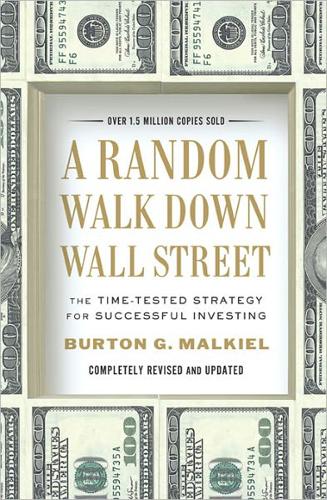
A Random Walk Down Wall Street: The Time-Tested Strategy for Successful Investing
by
Burton G. Malkiel
Published 10 Jan 2011
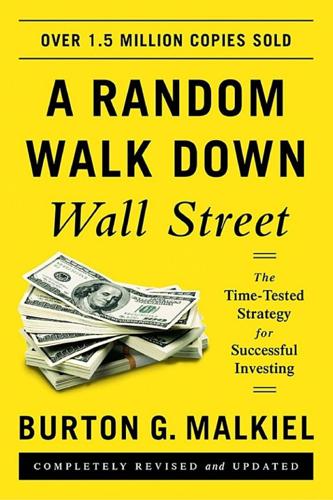
A Random Walk Down Wall Street: The Time-Tested Strategy for Successful Investing (Eleventh Edition)
by
Burton G. Malkiel
Published 5 Jan 2015

The Rise and Fall of Nations: Forces of Change in the Post-Crisis World
by
Ruchir Sharma
Published 5 Jun 2016

The Evolution of Everything: How New Ideas Emerge
by
Matt Ridley
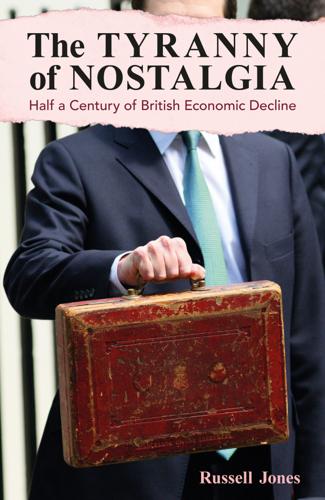
The Tyranny of Nostalgia: Half a Century of British Economic Decline
by
Russell Jones
Published 15 Jan 2023
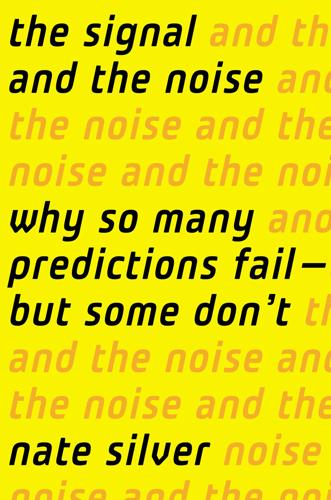
The Signal and the Noise: Why So Many Predictions Fail-But Some Don't
by
Nate Silver
Published 31 Aug 2012

Lonely Planet China (Travel Guide)
by
Lonely Planet
and
Shawn Low
Published 1 Apr 2015